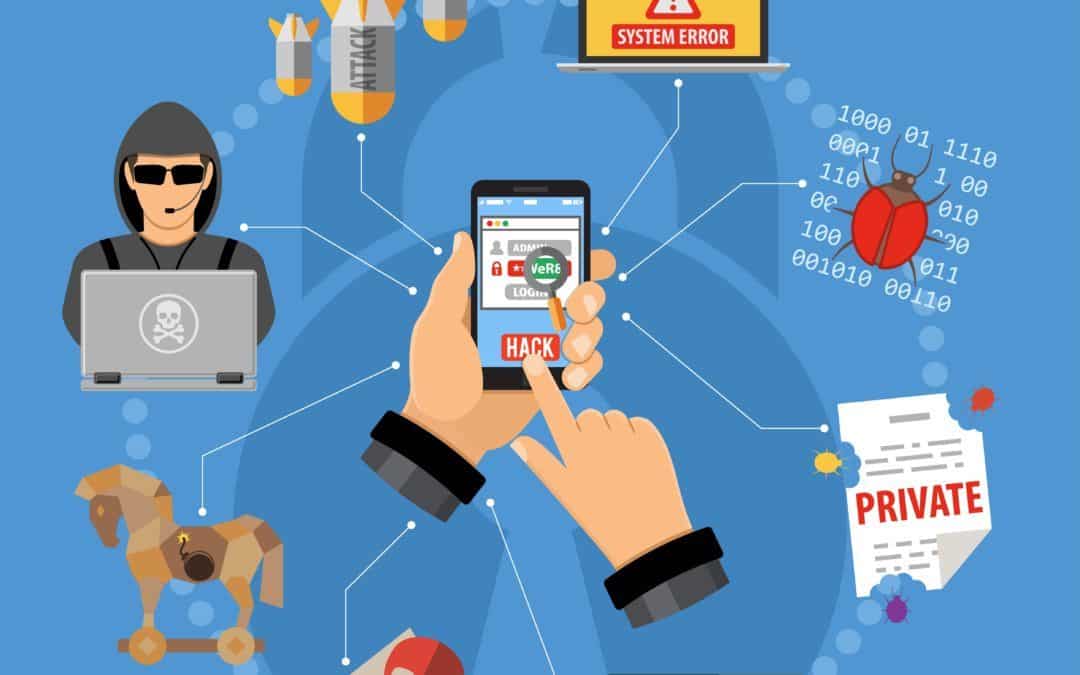The more that technology advances, the more cyber attacks are committed against businesses of all sizes and in all fields of work. Your business is no exception. As you rely more on the internet and on machines to store data, information, and other sensitive material, you need to be aware of the cybersecurity threats that exist to your company.
While this threat may seem overwhelming and daunting, the risks to your company are indeed manageable ones. When talking to your IT team, whether they are workers your company hired or from outside IT firms, the following are 5 questions that you should be asking these professionals to understand your business’s risk and cybersecurity situation:
1. How is our company’s top leadership informed about cyber risks?
Your IT department must communicate with the rest of the company about the risks of being the victim of a cyber attack. Understanding the current risks and what the IT department is doing to mitigate those risks is vital to keeping your company’s information safe. Ultimately, the CEO is the one responsible for any “risks” that are present for his or her company. They must be informed in order to make smart decisions about how the company’s information can be best protected.
2. What is the current business impact of cybersecurity risks on our company and how do we plan to address these risks?
CEOs and other top company executives must understand the cybersecurity risks that their company faces. They should also be informed of what the IT professionals that work for the company are doing to mitigate these risks and keep the company information safe. Knowing this information and constantly communicating updates can keep anyone from making poor decisions. That is if panic ever does strike.
3. Does our cybersecurity program implement the best and latest practices that keep up with industry standards?
CEOs and other top company executives should be kept up-to-date on industry standards in cybersecurity. Additionally, how their company’s practices stack up against those standards. If the company is not up-to-date on the industry standards, then they must know what the plan is from the IT department to get the company there. Being up-to-date on industry standards for cybersecurity is vital to keeping your company’s information as safe as possible from people who would do you harm if they got ahold of that information.
4. What cybersecurity threats does your IT department identify each week?
CEOs and other top company officials should be kept up to date on the latest cybersecurity threats facing their company. Ideally, these updates are given on at least a weekly basis. Updates should include recent threats and what has been done to limit those threats. Additionally, what new threats have popped up (if any), and what is being done to handle those threats?
5. How far-reaching is our cyber incident response plan? How often do we test it?
Despite your IT department’s best attempts to keep your company’s information safe, if something such as a data breach were to happen, what would the response be? It’s important for the CEO and higher-ups to understand what will be done if such a security breach happens. First, the plan is explained to the higher-ups. Then, they should be informed of how often the plan is tested to ensure that it is thorough and effective.
These are 5 questions that you should be asking your IT company. Thus, ensure that your business is as safe from cybersecurity threats as possible. Actively having a plan in place to protect your company’s information is key. It will keep your business from being a target of any sort of cybersecurity threat. Moreover, having a plan in case your company is the target of an attack is also vital. Despite your best intentions, cybersecurity breaches can happen. How you react can help control the extent of how much more severe you make the problem. Performing rash actions in the event of a cyber attack is never a good idea.
For more information on questions you should be asking your IT team, please feel free to contact us at Blutwater Technologies for further assistance.






